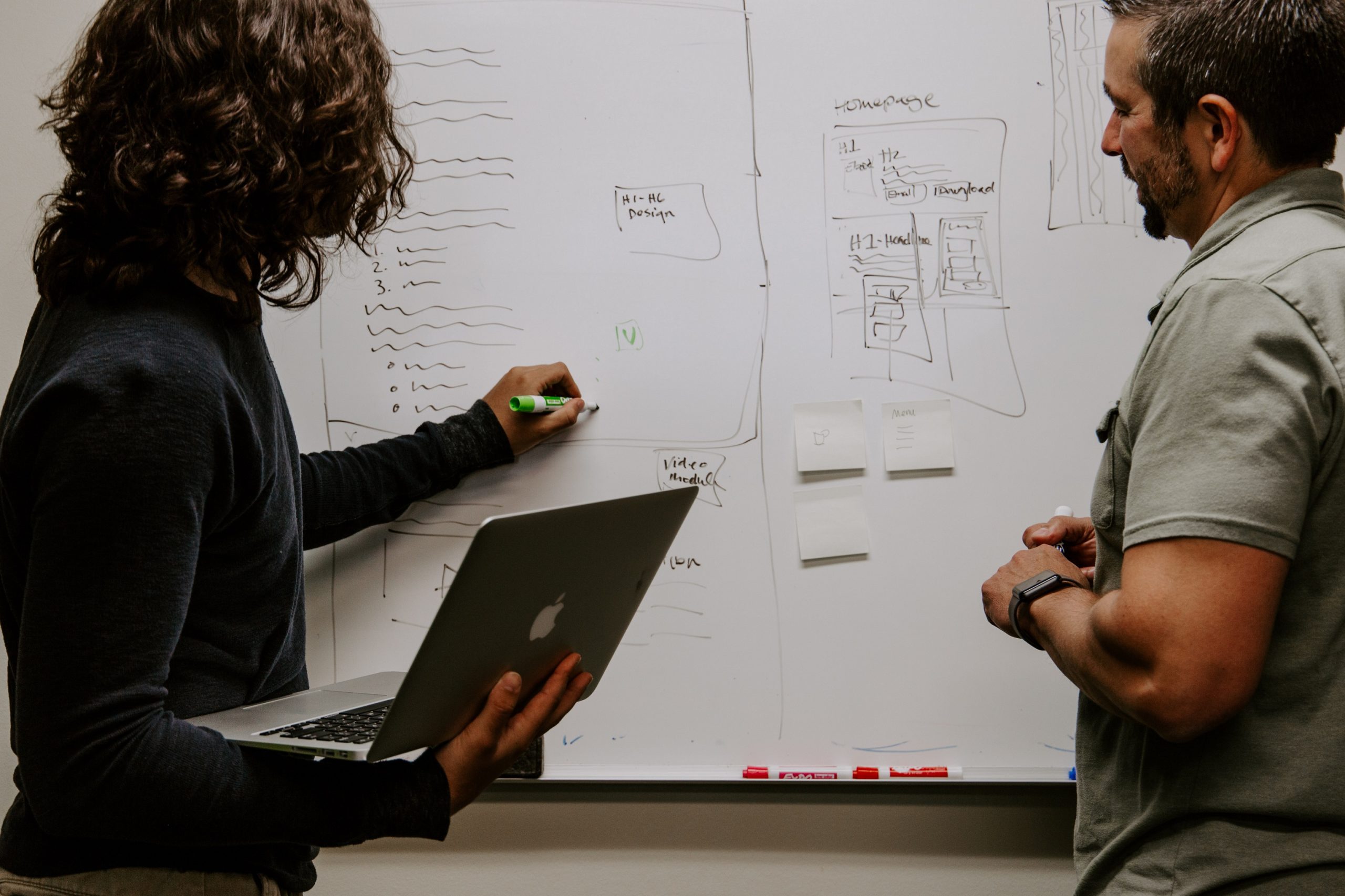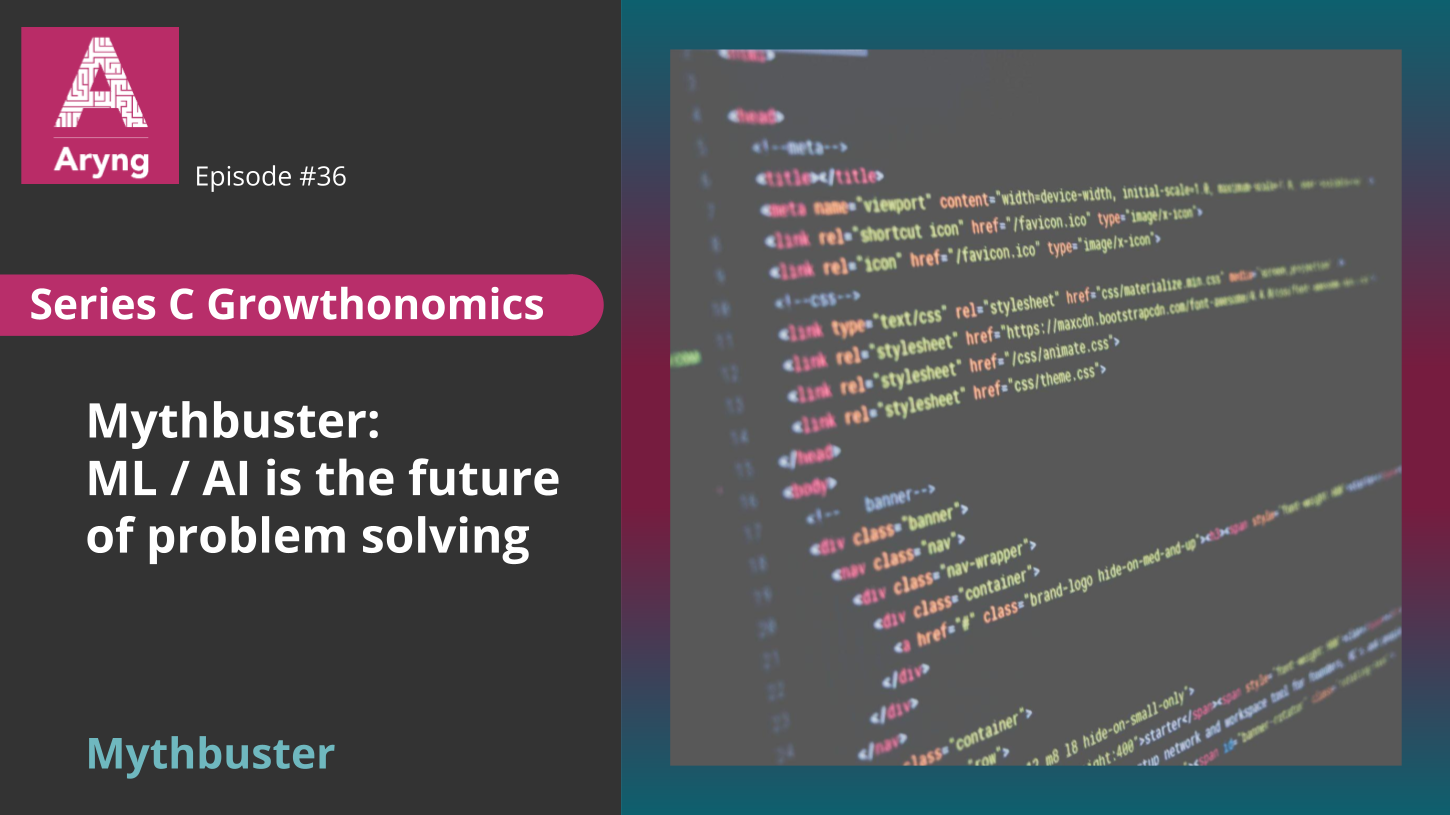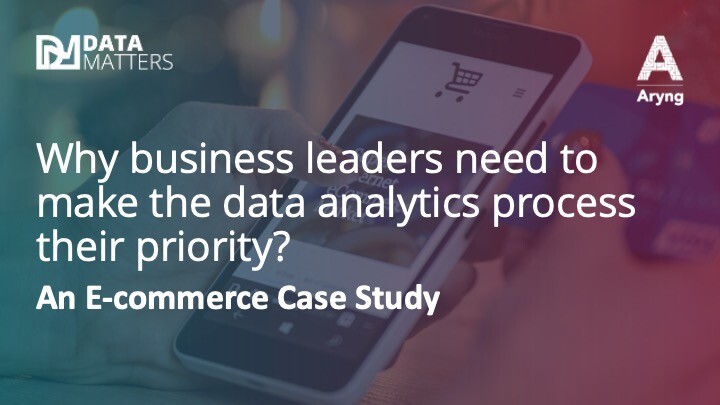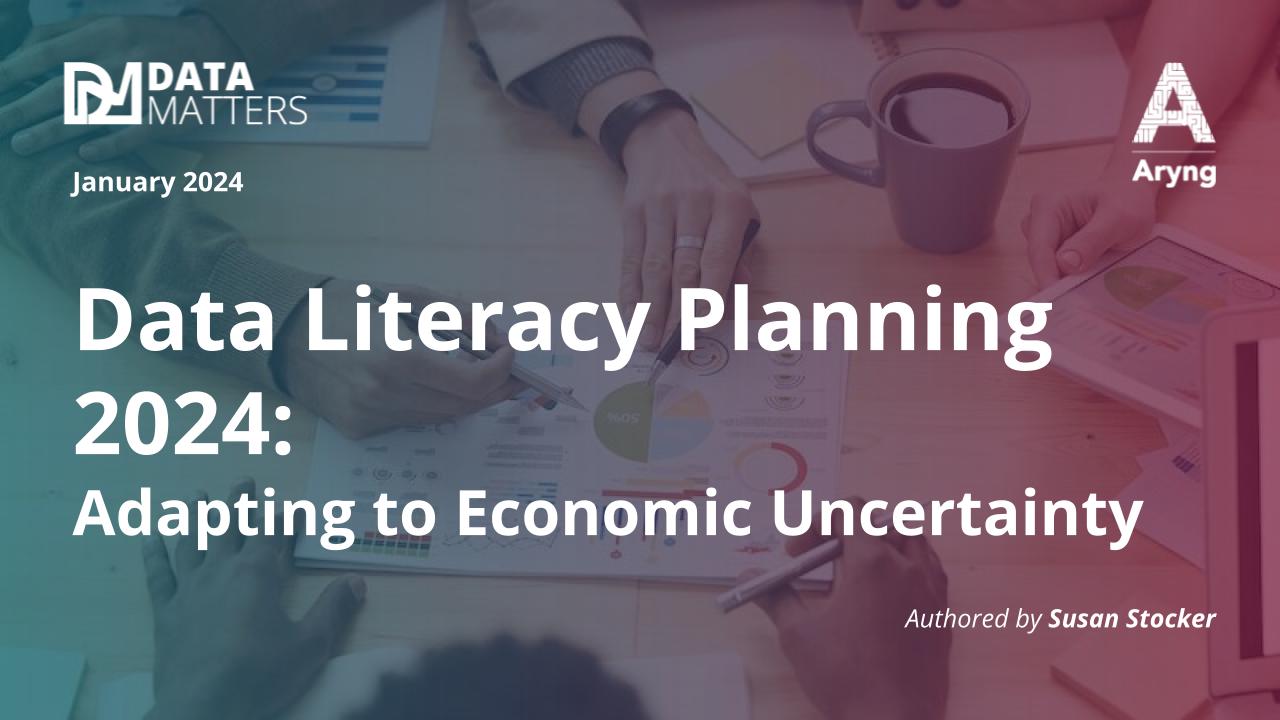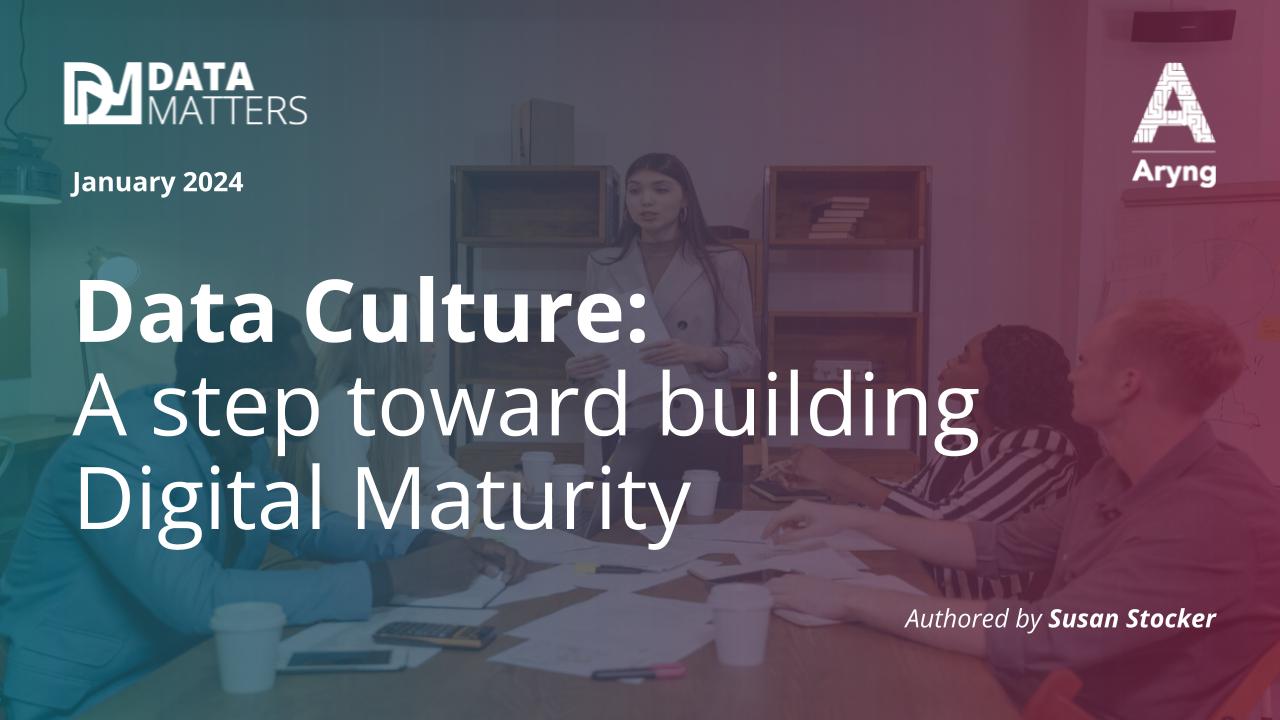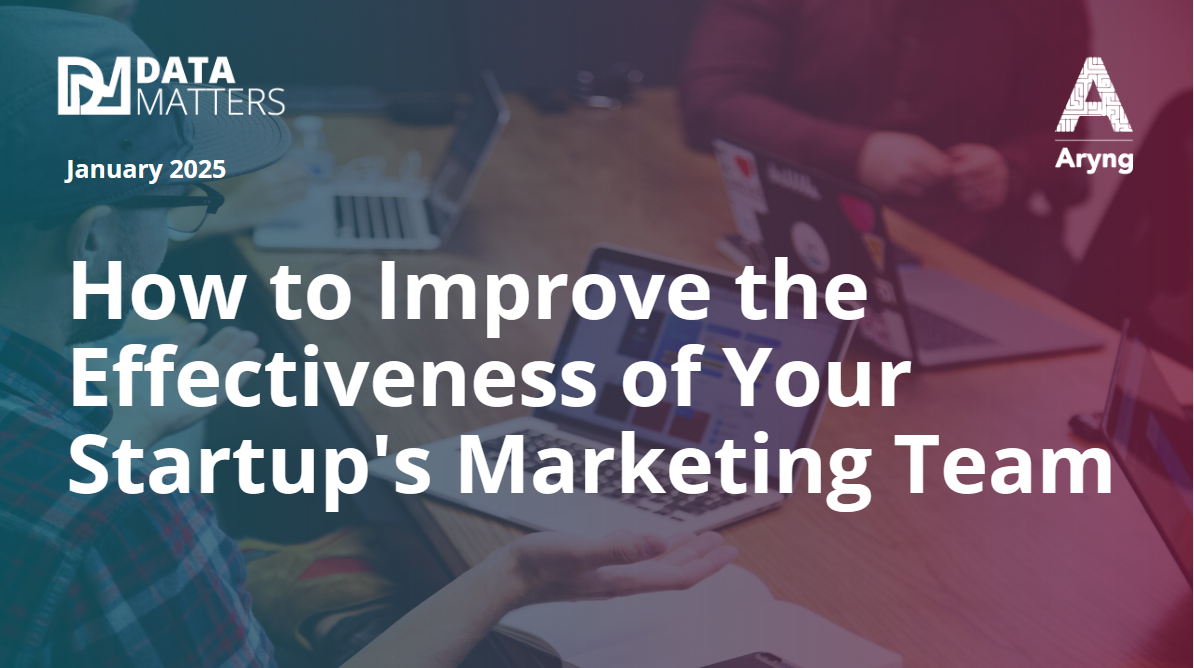Driving a car without knowing the direction does not make any sense. We will not reach where we want to go. We need to have the right information about the trip so that the journey can be planned accordingly. Imagine running out of gas just because you did not know how far you have to travel. Similarly, in data analytics, we need the right information to be able to drive business growth. But, how do we get the right information? It is simple – by asking about it and getting to the real business question.
The real business question is the primary step when solving a business problem. It gives you a fair idea about the problem and points you toward the right direction needed to tackle the issues.
Sometimes, clients and stakeholders do not have any idea what they want to achieve and whether using data analytics can help drive business growth. They may wonder if the problem can be solved using business analysis. It is possible that the stakeholders are not even sure what the problem is. Asking the real business question helps address these issues. It helps align the stakeholders and the analysts to the main problem so that there is clarity between them.

Aligning your clients to the real business question is quite important to avoid going back and forth with them.
The real business question in data science process
The real business question is the first step in a structured process to tackle any business problem. In this step, you will get to understand the different aspects of the problem concerned. It will help you figure out how to approach it, what kind of data you need and the methodology to use. Here, you try to form a hypothesis, which you will prove or disprove later, thereby reducing the chances of failure.
But, how can we create a real business question? For this, you need to start by asking these three questions:
- Why are we solving this?
- Why did this happen and who is impacted by it?
- What is the potential reason behind this problem?
After getting the answers, we will need to decide on the timeline of the project and the actions to take for doing the analysis.
Also read:
How does the real business question help?
When you have a real business question, it will allow you to focus on the specific problem concerned. You will not need to explore or work out on any random assumptions that will not drive actionable insights. By focusing on the problem concerned, your work takes less time to complete. A business question will help you to work on the next steps of the business analysis steps effectively.
The real business question approach helps you in the following manner:
- You will get an idea about what should be your focus of attention.
- An idea about what specific tools you should use.
- An idea about the technology stack so you can build the team accordingly.
- Avoid iterations
- Be more focused on getting from insights to impact rather than just delivering insights to clients.
- Reduce chances of failure.
What would happen if it’s not done?
During an analysis project I did at a different company, we were asked to help reduce the time spent by researchers on browsing to gain insights into their work. We needed to create a dashboard that would give insights about articles and documents without them having to peruse the articles. We finished the dashboard in about six months, but researchers were not using it.
The problem here was that we did not consider if they were familiar with advanced graphs. We did not ask in which form they needed the insights. We failed to focus on the impact of the solution.
This led us to do the same project from the scratch, wasting our as well as the client’s time. We were just applying our data science techniques to solve the problem.
Data science needs to be transformed into decision science and this can be achieved by a real business question.
Below are some things that could happen if we do not apply the real business question:
- The project is most likely to fail in the middle of the analysis.
- You will keep iterating the process and probably end up failing.
- Your team will work on various hypotheses to get a perfect analysis without focusing on the actual cause of the problem or what they want to solve and achieve. It’s like finding treasure in the ocean without a plan.
BADIR
The real question is part of Aryng’s five-step data science process, BADIR. The data-to-decisions framework guides you in conducting business analysis. The process takes you from determining what questions to ask, through the design of your analysis, the collection of data, and data analysis, all the way to recommendations for actions to help drive impact on your business.


